Space Medicine
About the Space Medicine Fellowship
The UCLA Space Medicine Fellowship, established in 2021, is a two-year fellowship designed to develop the next generation of flight surgeons who will advance the understanding of human physiology in space and directly support the medical endeavors of human space travel and planetary expeditions. The fellowship will include rotations at SpaceX, a specialized engineering curriculum with Caltech/JPL, research opportunities with NASA, clinical training in the fields of surgery, interventional radiology, ophthalmology, dentistry, hyperbarics/hypobarics, and biomechanical engineering with UCLA, austere medical training in Arctic environments, and Mars analog missions, alongside other opportunities with partnering agencies in the aerospace industry. This program is the first EM-based Space Medicine Fellowship and is open to graduates of ACGME accredited Emergency Medicine residency programs. Starting in Academic Year 2026, we will be opening this fellowship to additional specialties.
To learn more about the newly developing UCLA Space Medicine Center, click here:
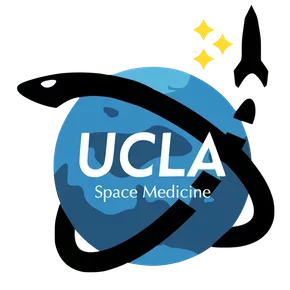
Institutions
Ronald Reagan UCLA Medical Center
The Ronald Reagan UCLA Medical Center (RRMC) is located at the southern end of the beautiful UCLA campus in Westwood. It is a state-of-the-art, 520 bed academic medical center that offers a full range of medical and surgical services from primary to sub-specialty care. The one million-plus square foot, 10-story structure encompasses the operations of Ronald Reagan UCLA Medical Center, the Stewart and Lynda Resnick Neuropsychiatric Hospital at UCLA and the Mattel Children's Hospital. UCLA is consistently rated in the top 10 medical centers in the country by US News and World Report. The 41-bed Emergency Department treats 52,000 patients per year and serves as a Level 1 Trauma center, as well as Comprehensive Stroke, STEMI, and Pediatric Critical Care center.
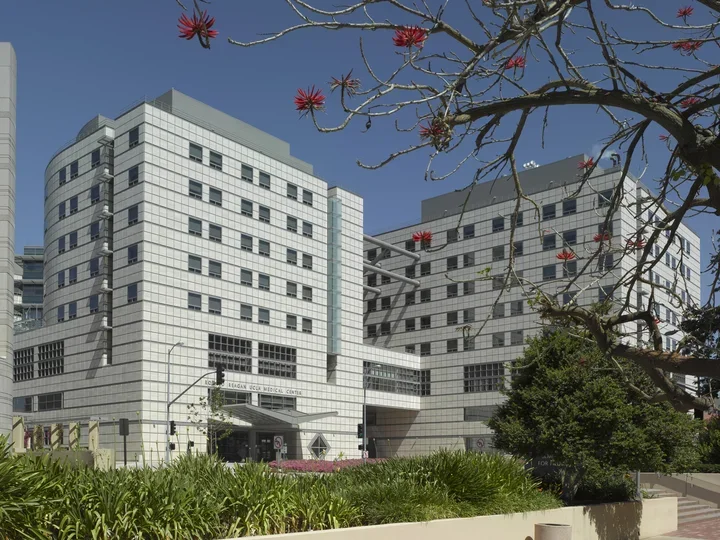
SpaceX
Space Exploration Technologies Corp. (SpaceX), headquartered in Hawthorne, California, designs, manufactures and launches the world's most advanced rockets and spacecraft. The company was founded in 2002 by Elon Musk to revolutionize space transportation, with the ultimate goal of making life multiplanetary. Aside from its primary center in Los Angeles, SpaceX has multiple facilities including its Star Base site in Texas, three launch sites, including in Cape Canaveral, Florida, and multiple regional centers. The goal of SpaceX is to reduce space transportation costs and enable colonization of Mars. SpaceX manufactures the Falcon 9, Falcon Heavy, and Starship launch vehicles, multiple rocket engines, Dragon cargo and crew spacecraft and the Starlink communications satellites.
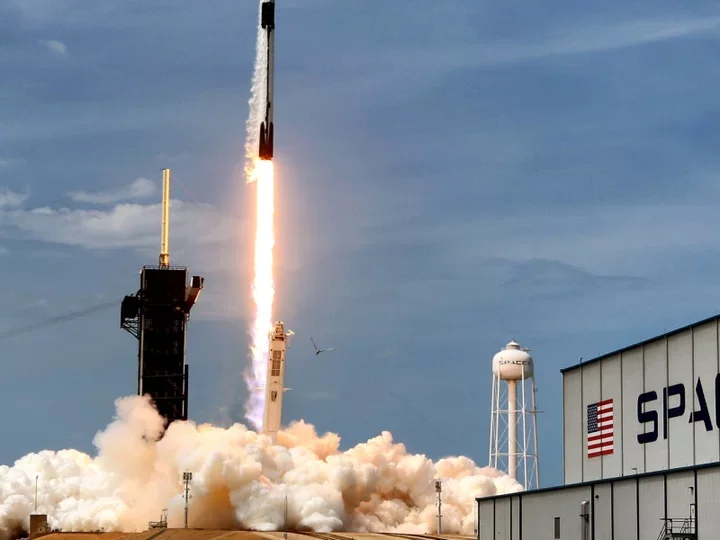
California Institute of Technology (Caltech) | Jet Propulsion Laboratory (JPL)
The Jet Propulsion Laboratory (JPL) located in Pasadena, California, is a NASA development center managed by the nearby California Institute of Technology (Caltech), a world-renowned privately funded university known for its strengths in engineering and physical sciences. JPL is known for the development of planetary robotic spacecraft (including the Mars Curiosity and Perseverance rovers and the Ingenuity Helicopter) and the NASA Deep Space Network. Caltech, ranked as one of the most substantial engineering universities, has produced over 76 Nobel Laureates. Both are powerhouses of engineering and physical sciences.
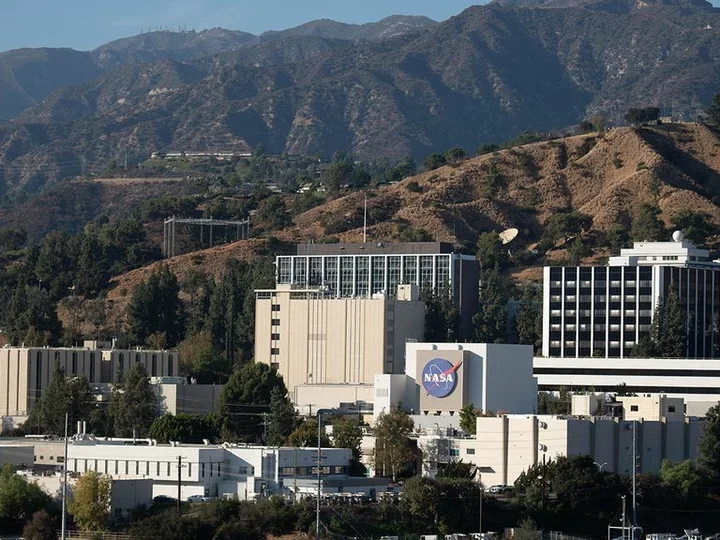
VAST
VAST is a private aerospace company aimed at creating next-generation space stations, with particular attention to artificial gravity habitats. Founded by entrepreneur Jed McCaleb, VAST’s mission is to support sustained human presence in low Earth orbit (LEO) and beyond. Their approach includes modular station designs that can accommodate long-duration missions, scientific research, and industrial applications. The company focuses on developing and implementing artificial gravity environments to address the physiological challenges of microgravity, designing scalable commercial platforms for extended human habitation and research in orbit, and cultivating partnerships with academic institutions, government agencies, and industry leaders to accelerate station deployment and technology maturation. VAST’s artificial gravity initiatives align with key research areas in space medicine, such as mitigating musculoskeletal and cardiovascular deconditioning in microgravity. By offering opportunities to study these effects in variable gravity settings, VAST significantly enhances the potential scope of UCLA’s space medicine research.
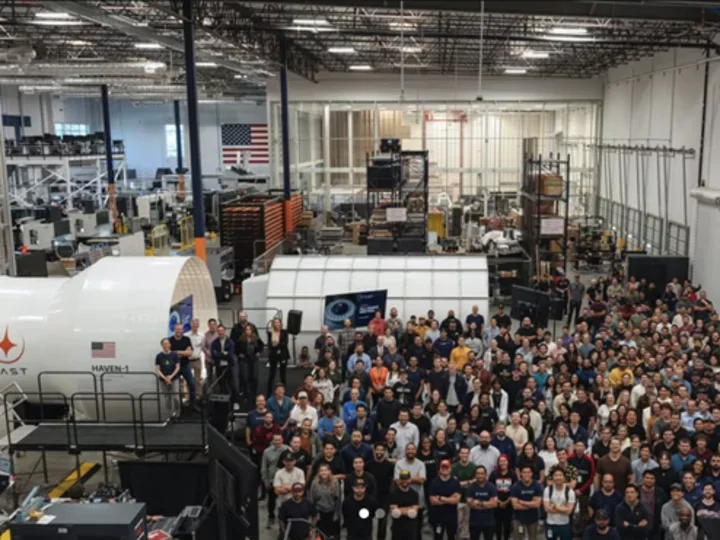
US Space Command
The United States Space Command (USSPACECOM) is a unified combatant command under the U.S. Department of Defense, tasked with directing military operations in, from, and to space. Reactivated on August 29, 2019, it provides critical leadership in safeguarding U.S. and allied interests in the space domain. USSPACECOM works to protect vital satellite networks and other space-based infrastructure, coordinates military space operations, integrates space strategies across all service branches, and develops forward-looking policies and technologies to maintain strategic advantages in orbit. U.S. Space Command’s support of reliable space-based communications and tracking capabilities benefits medical research, astronaut health monitoring, and emergency response in space. UCLA serves as an academic affiliate organization of USSPACECOM, contributing research expertise and educational initiatives to further the Command’s goals in space medicine and operational safety. Robust and secure space infrastructure is a cornerstone for safe, advanced medical operations on-orbit.
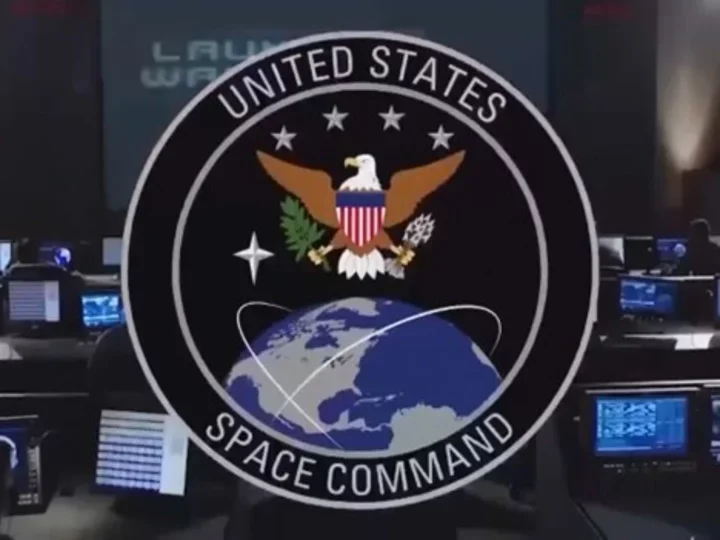
The Space Medicine fellowship is designed to help fellows become experts, leaders and teachers in the field of Space Medicine.
- For Academic Year 2024 we have implemented a more flexible elective/rotation system. This includes being able to overlap specific rotations and structuring clinical rotations to be longitudinal (for example doing clinical rotations on most Thursdays during the year vs doing 2 week long rotations at a time). This will allow for much more schedule flexibility especially with launch schedules and will allow for a more longitudinal learning experience.
- Additionally, given their specific expertise in Bioastronautics, we have partnered with University of Colorado Boulder to provide Engineering courses to our fellows. These are remote courses and also allow for significantly more flexibility compared to in person courses. You are now able to take courses at CU Boulder, UCLA Samueli, or Caltech/JPL (note that the Caltech/JPL courses are in person and seasonal).
Here is a draft schedule for a typical 2 year long Space Medicine fellowship:
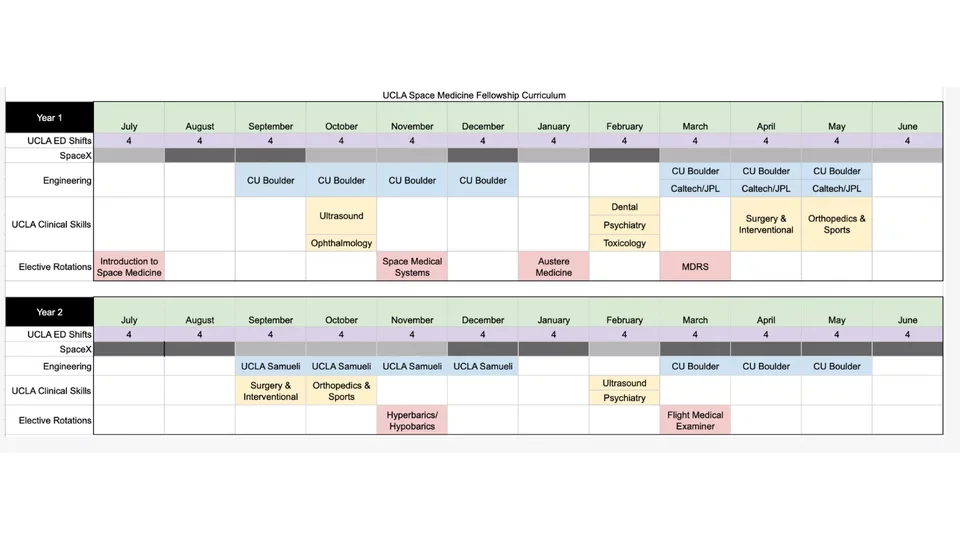
Specific goals of the fellowship include
- Understand physiologic changes with relation to short-term and long-term human spaceflight and become familiar with the presentation of specific space-related pathologies, their diagnosis, treatment, and management.
- Gain an understanding of the various systems that operate to maintain crew health and the role and duties of a flight surgeon in crewed spaceflight.
- Gain a historical perspective of clinical conditions that have occurred during spaceflight, their causes and management, and ultimate outcomes.
- Understand and contribute to the design of flight space equipment, biomedical equipment, and crewed vehicles to promote flight safety.
- Understand the basic principles and thought processes of aerospace engineering, biomechanical engineering, and materials sciences.
- Understand both non-medical (engineering) and medical mishaps in human spaceflight and their effects on astronaut health.
- Become proficient in the designing, integration, and implementation of medical systems protocols for space exploration.
- Provide medical support during all stages of human spaceflight including pre-flight, launch, orbital flight, and recovery operations.
- Gain expertise, either through simulated or real spaceflight events, in managing medical contingencies.
- Become proficient in all aspects of leading private medical conferences.
Support research including health data collection before, during, and after human spaceflight missions. - Become familiar with the potential challenges of practicing medicine in austere environments including on the martian surface through didactic discussions and analog missions.
- Through clinical training, become proficient in the fundamental principles and procedural skills needed to perform surgical (both general and orthopedic), interventional, ophthalmological, and dental evaluations and procedures and adapt this knowledge base for their applications in Space.
Experience
- Training with SpaceX, VAST, and our other space partners, including in medical operations, research, engineering implementation, and formal flight surgeon training.
- Additional aerospace medical training opportunities including with aerospace industry affiliates in the military and NASA.
- A formalized didactic curriculum with leaders in the field of Space Medicine.
- Graduate level engineering and bioastronautics training with the University of Colorado Boulder, UCLA Samueli School of Engineering, and/or Caltech/JPL focusing on aerospace and biomedical engineering.
- Austere medical environment training including with Mars surface analogs and arctic environments.
- Research opportunities with NASA, Caltech/JPL, SpaceX, UCLA Health, and other partnering institutions.
- Specialized multi-institutional Toxicology, Hyperbarics/Hypobarics, and Ultrasound rotations with focus on space-related applications.
- Clinical Skills training and rotations with UCLA Health institutions including the Departments of General Surgery, Orthopedic Surgery, Interventional Radiology, Ophthalmology, and Dentistry.
- Work with US Space Command on projects of interest to the Department of Defense and US Space Force.
Professional Development
- Individual opportunities with space medicine, engineering, and other associated faculty.
- Regular meetings with the fellowship director including to discuss professional development.
- Opportunities with space medicine leaders to learn from and explore career options.
Clinical
- Clinical responsibilities include 4 clinical shifts per month as an attending physician in the ED in UCLA affiliated hospitals including Ronald Reagan, Olive View, Harbor, Westwood VA, Santa Monica, or other local emergency departments.
All rotations and their dates or structure are subject to availability and program director discretion
- UCLA employee with salary and benefits
- $2,000 CME allowance
- $2,000 computer allowance
- Four weeks of vacation
- Travel and lodging for rotations outside Los Angeles
If you’d like to learn more about the UCLA Space Medicine Fellowship please email spacemed@mednet.ucla.edu and we will add you to our email list.
We have selected candidates for our fellowship slots starting in Academic Years 2024 and 2025.
For fellowship starting in Academic Year 2026, interested applicants should send these application materials to spacemed@mednet.ucla.edu by November 15th, 2025 with a decision given Mid-December.
There will be 2 rounds of interviews in Late November and Early December, one with UCLA faculty, and the second with the SpaceX Medical Team. Interviews will be granted to qualified applicants by invitation.
Applicant Requirements
- Graduation from a 4-year ACGME accredited Emergency Medicine Residency training program (or equivalent, such as a 3-year ACGME program with 1-year spent in practice or another fellowship)
- Eligible to obtain a California Medical License
- For Academic Year 2026, we will be opening the fellowship to a variety of non-EM specialties
Fellowship Director
Haig Aintablian, MD
Current Fellows
Michael Boyle, MD, 2025-2027
Peter Alexandrov, MD, 2024-2026
Fellowship Alumni
Brandon T., MD 2023-2025
Faculty
Benjamin Easter, MD
Dana Levin, MD
Amran Asadi, MD
Brandon T., MD